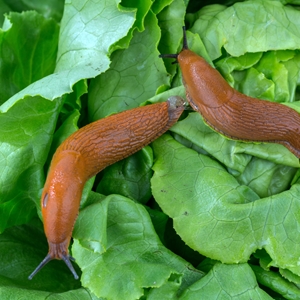Pesticide labels contain multiple pieces of information separating the product into specific categories. When using such chemicals, it’s important to know exactly which pest the user is trying to protect against and how to combat it. The Environmental Protection Agency (EPA) features a list on its website of some of the different kinds of pesticides available.
One major distinction the source lists is the difference between chemical pesticides and biopesticides. As the names would imply, the former consist of synthetic chemical ingredients, while the latter are composed of natural, organic elements.
While biopesticides can include chemicals too, they are usually available in nature: the site uses the example of insect pheromones. Another example of organic material that can be used for pesticides is plants. An entire subcategory, Plant-Incorporated-Protectorants, harvest substances from plants that have been engineered to produce pesticide materials on their own.
The EPA maintains a database of active biopesticide ingredients for different uses. Some are best suited for traps, while others can be dispersed around the home. Hydrogenated Catmint Oil, which protects against insect bites, can even be applied directly to human skin.
For all types of pesticides, application instructions may be listed alongside ingredients. In an article for the Gainesville Times, Michael Wheeler references the importance of application rates on pesticide labels.
“The manufacturer will detail the specific rates to use based on the type of grass and plants you are trying to grow and the type of pests you need to control,” he writes. “Following label rates not only protects the environment, but protects you from creating problems later down the road.”
Companies that need GHS labeling solutions for industrial or consumer-facing chemicals should invest in printers that will work perfectly with the speed and demand of chemical label needs. OptiMedia Labs stocks multiple options, including the Primera CX1000 Digital Color Label Printer. The CX1000 has 2400 dpi resolution and Pantone-approved color control, as well as the ability to print more than 16 feet of labels per minute.
